What is Tesla Autopilot and how does it work? What you need to know
Everything you need to know about Teslas semi autonomous driving system

Friday, November 12, 2021 | Chimniii Desk
Key Highlights
- Full Self Driving is an optional upgrade that is only offered to Model S and Model X drivers in the United States for a $10,000 add-on or a $200 per month subscription.
- FSD will also receive a feature that enables Auto-steer on city streets later this year, Tesla said.
- Tesla's Auto-steer system is scheduled to launch later this year. (
- Enhanced Autopilot includes automatic lane change, auto park, summon, and the 'Navigate on Autopilot' option, but excludes traffic signal and stop sign recognition.
- A German court found last year that the term 'Autopilot', as well as other marketing material, was deceptive since it implied that a Tesla could drive itself.
Advertisement
Tesla's breakthrough technology is Autopilot. It is the characteristic that established autonomous driving systems and demonstrated the capabilities of automobiles. However, it can be a very complicated subject, especially if you are unfamiliar with autonomous driving.
So, what exactly is Autopilot, why is everyone so enthusiastic about it, and why is it so divisive? Here's a quick overview of what Autopilot is and what it can (and, more crucially, cannot) accomplish.
The most recent Tesla Autopilot news
Tesla has reverted the latest Full Self Driving beta update (10.3) following "observation of several difficulties." There have been reports of phantom collision alerts, the disappearance of the Autosteer option, and difficulties with adaptive cruise control.
Tesla is implementing tough regulations for drivers participating in its FSD beta programme and will terminate them if they violate them. Although it is unclear what qualifies, users appear to be receiving warnings for being inattentive while driving. This includes looking at cell phones.
What exactly is Tesla Autopilot?
Tesla Autopilot is a self-driving assistance system. In plain terms, it's a capability that enables a Tesla to'see' the cars and road ahead of it and, to a limited extent, drive itself.
Advertisement
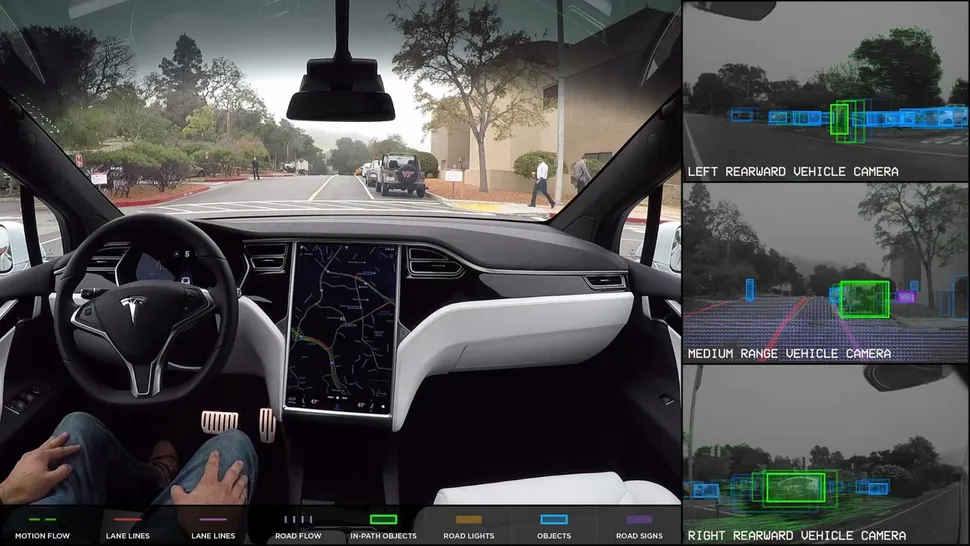
Tesla's software analyses road conditions in real time using a multitude of cameras. (Photo courtesy of Tesla)
This is not to say that Autopilot can transform a Tesla into a completely autonomous self-driving vehicle. The system is beneficial, but it is still somewhat limited, and it requires an alert driver who is capable of taking control at any time. Despite the moniker 'Autopilot,' this is not the case.
What Autopilot is capable of
Basic Autopilot is a standard feature on all new Tesla vehicles. This system offers very basic functions that enable the Tesla to autonomously accelerate to a certain speed, brake for other vehicles or pedestrians ahead, and provide modest steering to keep your car centred in a lane.
This Tesla Autopilot feature is intended to "help with the most taxing aspects of driving" — specifically, travelling long distances on highways and similar roadways. Additionally, these vehicles feature automatic emergency braking, collision warnings, blind spot monitoring, and adaptive cruise control. Notably, that final feature regulates only acceleration and braking, leaving steering to the driver.
Advertisement
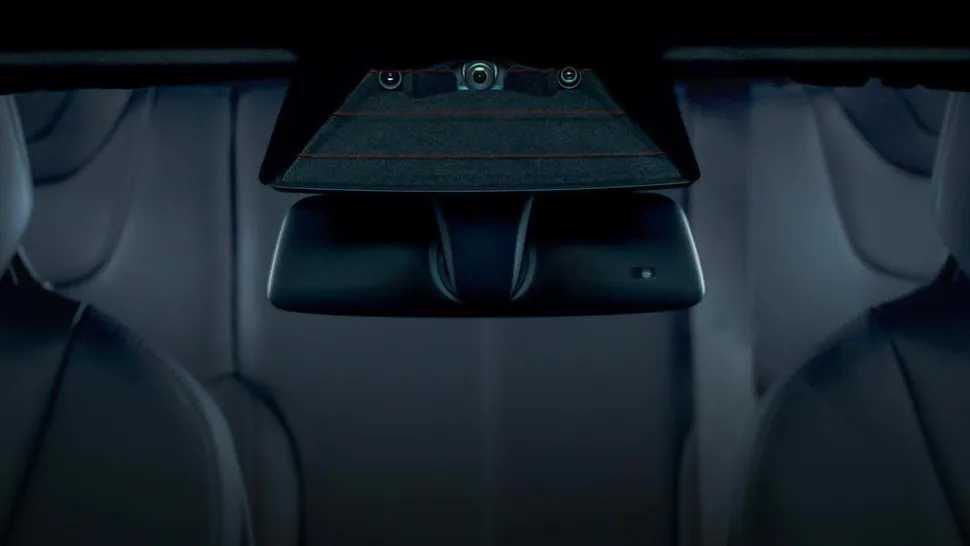
Tesla's Autopilot technology is built around cameras. (Photo courtesy of Tesla)
Full Self Driving is an optional upgrade that is only offered to Model S and Model X drivers in the United States for a $10,000 add-on or a $200 per month subscription. This is essentially an enhanced version of the Basic Autopilot system, with additional driving assistance capabilities.
FSD Autopilot has capabilities such as automatic lane changing, which can handle merges, exits, and overtaking, as well as 'navigate on Autopilot,' which can guide you from on-ramp to off-ramp during your journey. Additionally, FSD includes an autoparking system, traffic signal and stop sign recognition, and a'summon' feature that directs your vehicle out of a parking space and directly to you.
FSD will also receive a feature that enables Autosteer on city streets later this year, Tesla said. However, there is no word on a specific date.
Advertisement
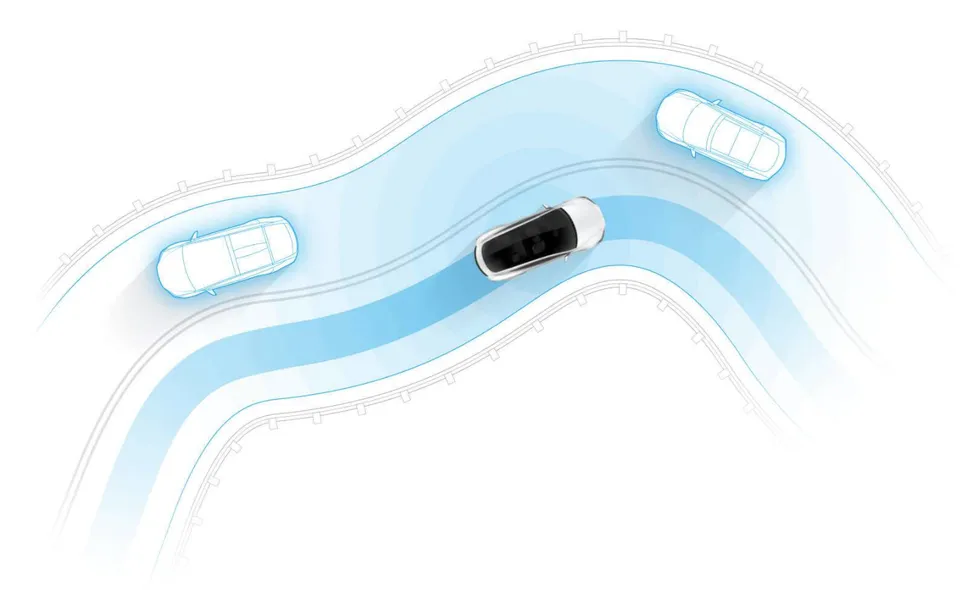
Tesla's Autosteer system is scheduled to launch later this year. (Photo courtesy of Tesla)
Additionally, you may have heard about Enhanced Autopilot, even though it is not available in the United States. Enhanced Autopilot is a kind of middle ground option for select locations, such as the United Kingdom, that provides many of the best FSD capabilities for a fraction of the cost.
Enhanced Autopilot includes automatic lane change, auto park, summon, and the 'Navigate on Autopilot' option, but excludes traffic signal and stop sign recognition. According to the Model S order website in the United Kingdom, it will also be missing Autosteer on city streets when that function appears.
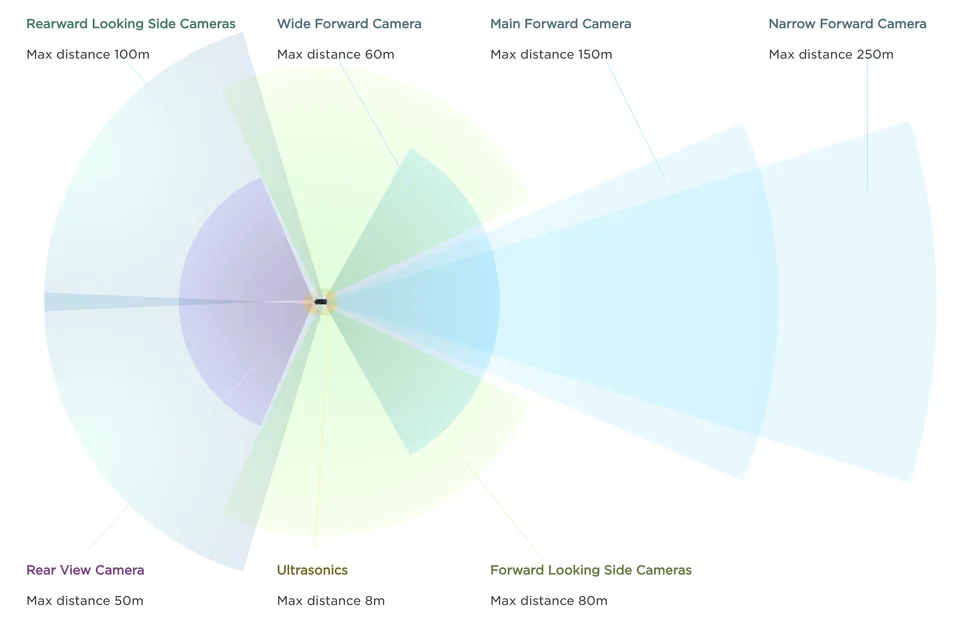
(Photo courtesy of Tesla)
Advertisement
What Tesla Autopilot is incapable of
The critical point to know about Autopilot is that it does not automatically transform your Tesla into a self-driving vehicle. Even if that appears to be the case, Autopilot is still categorised as a Level 2 autonomous driving system, with many of its functions in development. A Level 5 system is one that is completely autonomous and does not allow for driver involvement. Currently, such automobiles are not available for purchase.
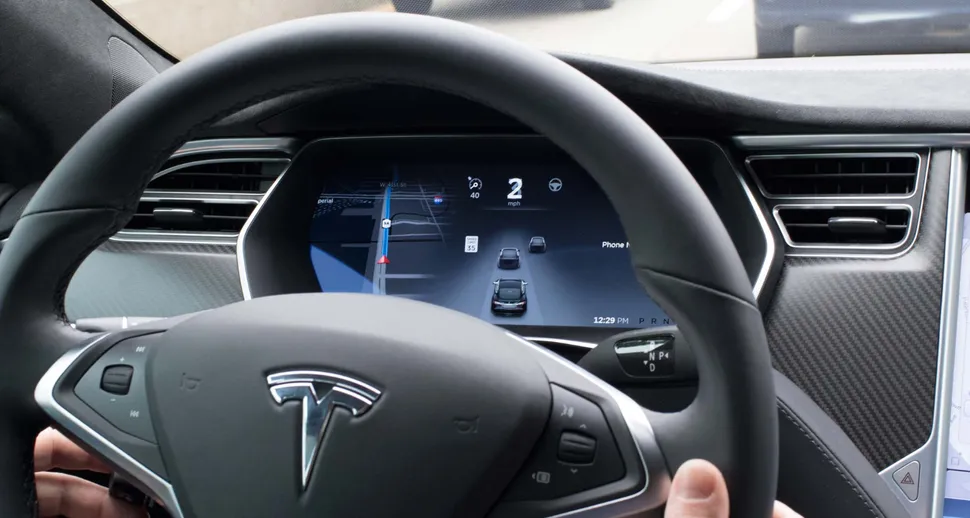
(Photo courtesy of Tesla)
According to Tesla, the system has the potential to "do the wrong thing at the wrong moment" and is not capable of handling every situation in the same manner that an experienced human driver would.
For instance, throughout my time with Autopilot, the system appeared to struggle with recognising automobiles in adjacent lanes. On multiple occasions, the Tesla Model 3 slammed on the brakes when it noticed a car in an adjacent lane beginning to slow down abruptly.
On multiple occasions, the Tesla I was driving behaved similarly when it perceived a semi-truck turning across the highway. In truth, the vehicles were following a curve in the road. Despite the lane markers, Autopilot ignored the curve and slammed on the brakes.
Thus, despite the name's implication that Autopilot enables a Tesla to drive itself, it is not a flawless system in which you should put all your reliance. Not at the moment, at least.
Why is it named Autopilot?
While the typical individual may interpret the word 'autopilot' to mean something entirely self-driving, Tesla CEO Elon Musk asserts otherwise.
Musk claims that Autopilot was named after the autopilot system used in aeroplanes, which relieves human pilots of some of their responsibilities but does not completely replace them. Thus, while autopilot does not require a vigilant human pilot in the cockpit, it does require a human driver behind the wheel.
This has not deterred individuals from believing Autopilot is capable of performing all of their tasks for them. Numerous people have been hauled over and arrested for not being in the driver's seat when Autopilot was active. Even worse, some careless individuals have been spotted napping in the back seat.
Advertisement
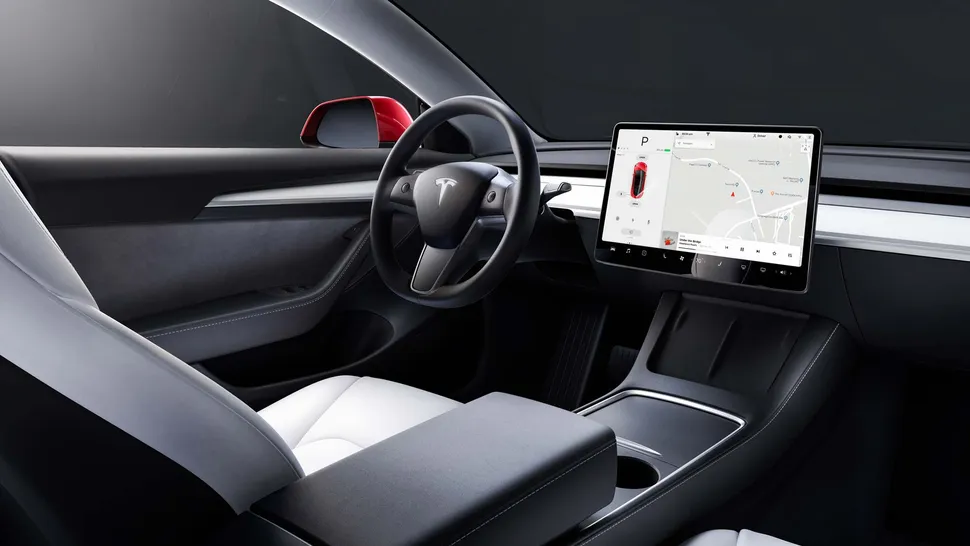
(Photo courtesy of Tesla)
Tesla has been chastised for the wording it employs when discussing Autopilot. A German court found last year that the term 'Autopilot', as well as other marketing material, was deceptive since it implied that a Tesla could drive itself.
And it is not limited to Germany. In 2018, two consumer advocacy organisations in the United States, the Center for Auto Safety and Consumer Watchdog, petitioned the Federal Trade Commission to examine Tesla's marketing of Autopilot. The National Highway Traffic Safety Administration also wrote to Tesla that year regarding its Autopilot advertising, but directed the case to the Federal Trade Commission.
In conclusion
Tesla Autopilot is an incredibly useful feature, particularly when driving long distances, however it does have certain limitations. There are some limitations to bear in mind before assuming the driver's seat and allowing the automobile to begin self-driving.
Self-driving cars are on the horizon, and eventually, cars will be able to drive themselves without human intervention. However, do not let semantics mislead you. We are still years away from totally self-driving cars.
Advertisement